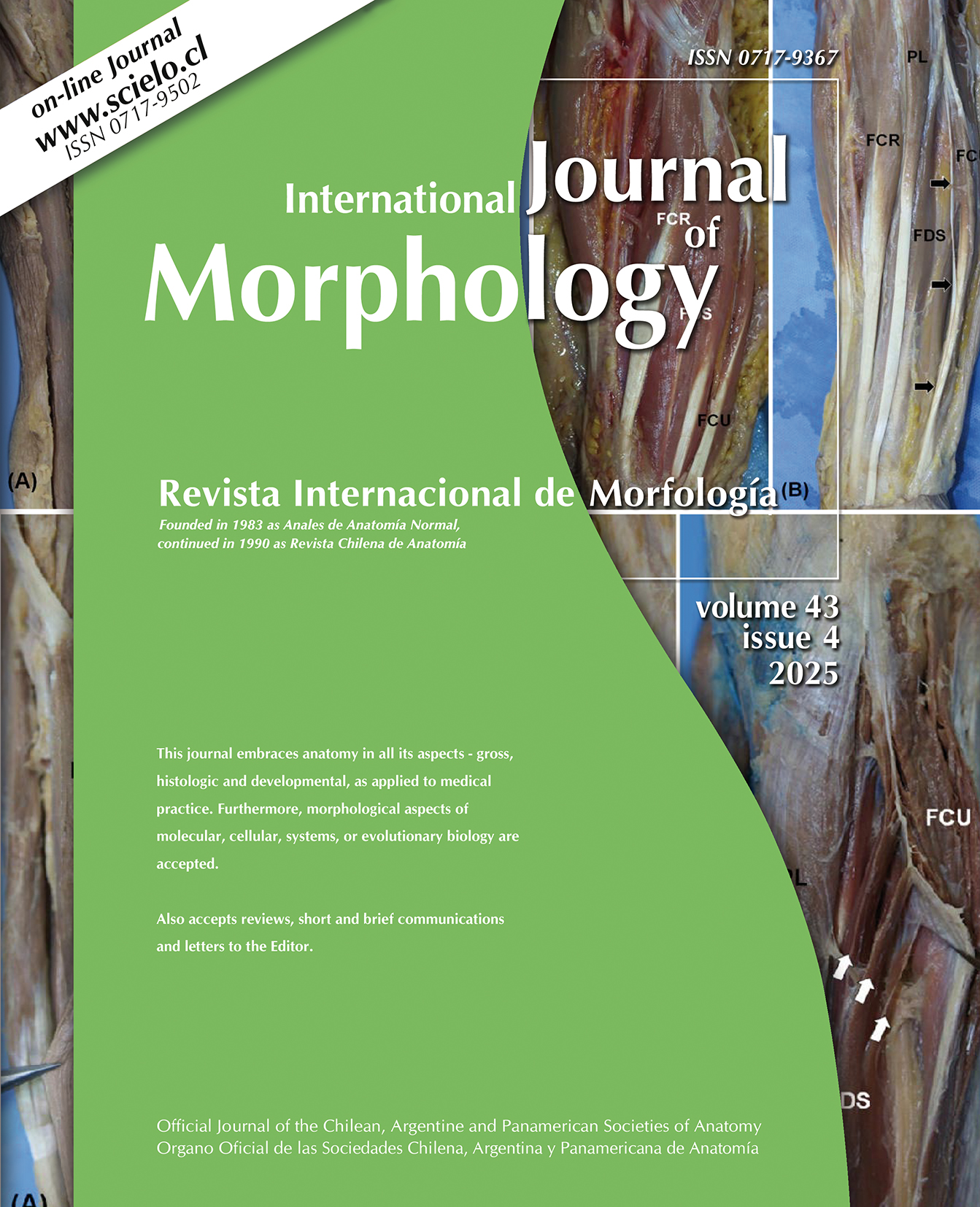Protective Effects of Probiotics and Mesalazine Against Capecitabine-Induced Enterocolitis in Rats: A Comprehensive Biochemical, Molecular, Stereological and Histopathological Investigation
Hao Che; Yuejun Xu; Yafan Huang & Zhiwei Guo
Summary
This study aimed to explore the protective effects of a probiotic mixture (PrM) consisting of Lactobacillus casei, Lactobacillus rhamnosus, and Lactobacillus helveticus, along with Mesalazine (MZ), against Capecitabine (CT)-induced enterocolitis. The investigation was conducted using a combination of biochemical, molecular, and histopathological analyses. Fifty Wistar rats were randomly assigned to five groups (10 rats each) and monitored over a 50-day period. The groups included a sham group, a CT-only group, a group receiving CT and MZ (50 mg/kg), a group receiving CT and PrM (10 mg/kg), and a co-treatment group receiving CT, MZ, and PrM. On day 51, following euthanasia, blood samples were collected from the hearts of the rats for further analysis. Serum nitric oxide levels, as well as the activity of antioxidant enzymes such as catalase, glutathione peroxidase, and superoxide dismutase, were measured. Serum concentrations of antidiuretic hormone (ADH) and arginine vasopressin (AVP) were also assessed. Oxidative stress markers in intestinal tissue, including FRAP, thiol, and TBARS, were evaluated. Pro-inflammatory cytokine levels, such as interleukin- 6 (IL-6), tumor necrosis factor-a (TNF-α), interleukin-1β (IL-1β), and IL-10 were quantified using ELISA. Water homeostasis in the intestine was investigated by examining the expression of aquaporin’s (AQP) (AQP3, AQP8, and AQP6) genes through real-time PCR, while protein expression was determined using western blotting. Additionally, the structural integrity of intestinal tissue across the study groups was assessed through histopathological evaluation. Both MZ and PrM treatments were found to reduce intestinal cell apoptosis and up-regulate the expression of intestinal AQPs genes and proteins by enhancing antioxidant enzyme activity and reducing free radical levels. The combined treatment also demonstrated a synergistic effect in modulating pro-inflammatory cytokine levels and regulating ADH and AVP, contributing to the maintenance of serum and intestinal osmotic balance. The study suggests that MZ and PrM have potential therapeutic benefits for managing enterocolitis in patients undergoing chemotherapy by mitigating oxidative stress, reducing inflammation, and preserving intestinal water homeostasis. KEY WORDS: Probiotic; Mesalazine; Capecitabine; Intestine; Enterocolitis; Apoptosis.
How to cite this article
CHE, H.; XU, Y.; HUANG, Y. & GUO, Z. Protective effects of probiotics and mesalazine against capecitabine-induced enterocolitis in rats: A comprehensive biochemical, molecular, stereological, and histopathological investigation. Int. J. Morphol., 43 (2):458-469, 2025.





























